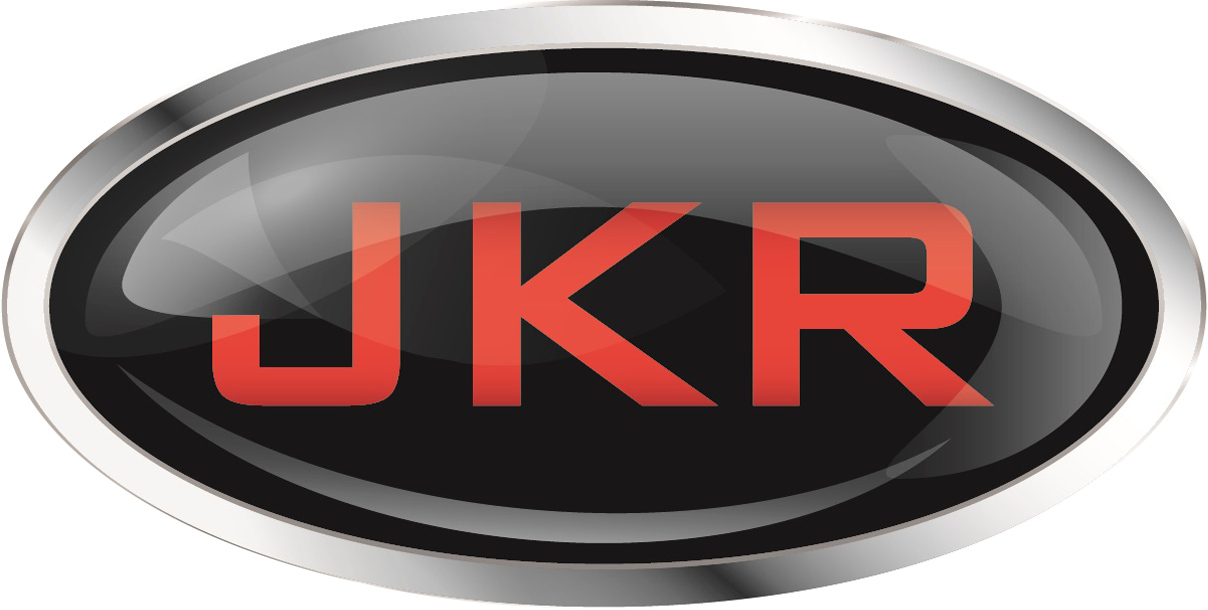Nielsen History Goes Back Further than You Think

The Nielsen history is an interesting one. For many years, the Nielsen ratings have been regarded as the preeminent ratings system major media groups use as their benchmark. What you might not know is just how the company started and how many years it’s actually been around.
In 1923, Chicago-based engineer Arthur Nielsen took a leap of faith, borrowing $45,000 to start a business that tested the quality of conveyor belts and turbine generators. Four years later, the very first industrial market survey was produced … and in 1929 the first consumer market survey followed.
Now we’re getting a little closer to what they do today … but we’re not there yet! During the next 6-7 years, their focus was mostly on retail stores. Then in 1936, Nielsen acquired the rights to the audimeter, a device that, when attached to a radio, could record what station(s) it was tuned to. The result was the beginnings of their radio index development – which was officially launched in 1942.
Eight years later, the Nielsen television index showed up in the United States. They used a device similar to the audimeter to tabulate audience measurement. By 1954, they were able for provide local market TV audience viewership to the Top 30 markets. The following year, they created the designated market concept that established parameters for specific TV markets.
Technology improved in 1971, when Nielsen introduced the “storage instantaneous audimeter,” which was capable of storing television set usage data – and forwarding this data to Nielsen overnight via the use of a phone line. This allowed them to begin offering daily TV ratings by 1973.
Things really kicked up a notch in 1979 with the introduction of Scantrack. Launched the following year, it allowed Nielsen clients to track market trends and produce custom reports. By 1982, Nielsen developed technology that allowed household phone lines to be used for data transmission.
Nielsen was acquired by Dun & Bradstreet in 1984, and in 1985 Nielsen Syndication Service was formed to provide television audience measurement for the ever-growing syndication business. In 1987 they launched the “people meter” to produce national TV ratings with daily demographic data.
In 2005, they introduced the “active/passive meter” to capture viewer information in digital and analog viewing environments. In 2013, they acquired Arbitron – renaming it Nielsen Audio.
While they continue to work in other areas to this day, now that you know the Nielsen history you can see it’s no wonder why they are considered to be the media research authority!
FREE Advertising Review
JKR has more than 110 automotive clients in about 80 markets, and we’ve become an automotive advertising giant because our systems produce results for our clients!
If you’d like to find out more about JKR Automotive Advertising, we offering a FREE Advertising Review. We’ll take a close look at your current efforts – and those of your competition – and give you our expert feedback. Once you see our capabilities, we’re sure you’ll wonder how you ever did without us! To get the ball rolling, call us at (321) 397-0777 and ask for Eric Tigner; or you can e-mail him at etigner@jkrads.com.
JKR Automotive Advertising: We Move Cars.
